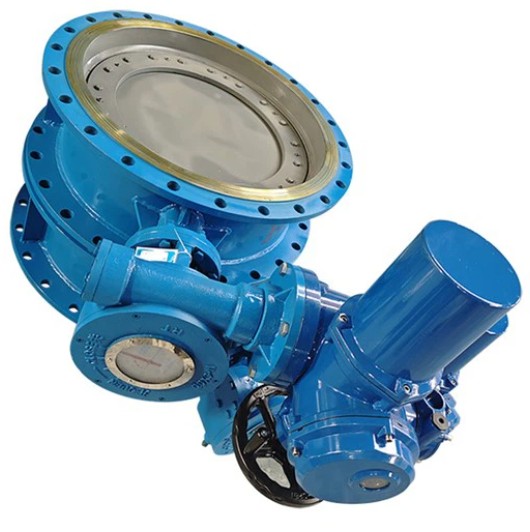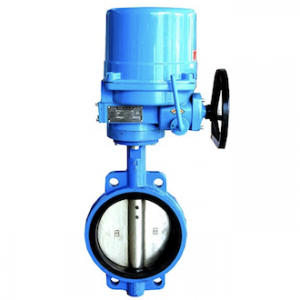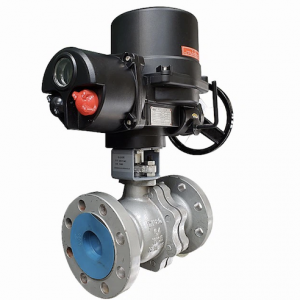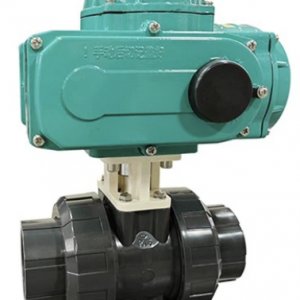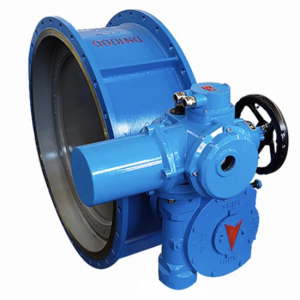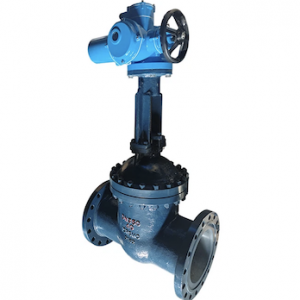Description
Class150 Class300 Double Eccentric Butterfly Valve is also called high-performance butterfly valve. It is mainly used for drainage in water plants, power plants, steel mills, chemical industry, water source projects, environmental facilities construction and other systems. It is especially suitable for use as a regulating and intercepting device on waterway pipelines. Compared with the centerline butterfly valve, the double eccentric butterfly valve is more resistant to high pressure, has a longer life and good stability.
Reasonable design
The structure is compact, easy to assemble and disassemble, and convenient for maintenance.
Eccentric structure
Reduce the friction of the sealing ring and extend the service life of the valve
Completely sealed
Zero leakage. Can be used in ultra-high vacuum conditions
Change material
Replace the valve plate seal ring, butterfly plate, shaft and other materials to suit a variety of media and different temperatures
Working principle
The double eccentric butterfly valve is a further improvement on the single eccentric butterfly valve. Its structural feature is that the valve stem shaft deviates from both the center of the butterfly plate and the center of the body. The double eccentric effect enables the butterfly plate to quickly separate from the valve seat after the valve is opened, greatly eliminating unnecessary excessive extrusion and scraping between the butterfly plate and the valve seat, reducing the opening resistance, reducing wear, and increasing the life of the valve seat. The significant reduction in scraping also allows the double eccentric butterfly valve to use a metal valve seat, improving the application of butterfly valves in high temperature fields.
What is an eccentric butterfly valve?
Single eccentric butterfly valve
In order to solve the problem of extrusion between the butterfly plate and the valve seat of the concentric butterfly valve, a single eccentric butterfly valve was produced. Its structural feature is that the valve stem axis deviates from the center of the butterfly plate, so that the upper and lower ends of the butterfly plate no longer become the rotation axis, and the excessive extrusion between the upper and lower ends of the butterfly plate and the valve seat is dispersed and reduced.
Double eccentric butterfly valve
The double eccentric butterfly valve, which is currently the most widely used, is further improved on the basis of the single eccentric butterfly valve. Its structural feature is that the valve stem axis deviates from both the center of the butterfly plate and the center of the body. The effect of double eccentricity enables the butterfly plate to quickly detach from the valve seat after the valve is opened, greatly eliminating the unnecessary excessive extrusion and scraping between the butterfly plate and the valve seat, reducing the opening resistance, reducing wear, and increasing the life of the valve seat.
Triple eccentric butterfly valve
To be resistant to high temperature, metal seals must be used, but the leakage is large; to be zero leakage, soft seals must be used, but they are not resistant to high temperature. In order to overcome this contradiction of the double eccentric butterfly valve, the butterfly valve was eccentric for the third time. The so-called third eccentricity means that the shape of the sealing pair is not a straight cone, but an oblique cone.
Variable eccentric butterfly valve
The uniqueness of the variable eccentric butterfly valve is that the valve stem shaft on which the butterfly plate is installed is a three-section shaft structure. The two shaft sections of this three-section shaft valve stem are concentric, and the center line of the center section shaft deviates from the axis of the two ends by a center distance. The butterfly plate is installed on the middle shaft section. This eccentric structure makes the butterfly plate double eccentric when it is in the fully open position, and single eccentric when the butterfly plate rotates to the closed position. Due to the effect of the eccentric shaft, when it is close to closing, the butterfly plate moves a distance into the sealing cone surface of the valve seat, and the sealing surface of the butterfly plate and the valve seat coincide to achieve reliable sealing performance.
